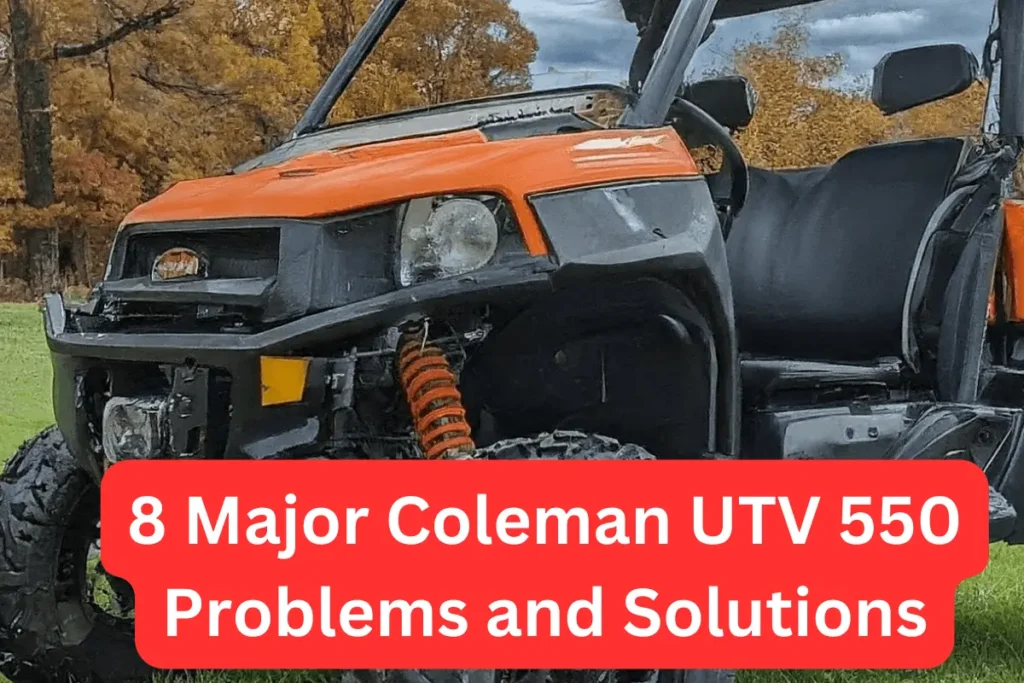The most common Cub Cadet Challenger 700 problems are engine won’t start, fuel leaks issues, engine overheating, clutch problems, brake problems, transmission issues, PTO problems and engine issues.
So here we explore these issues in detail with their solutions.
Cub Cadet Challenger 700 Problems and Solutions
Now we are going to explore the most common problems of Cub Cadet UTV and you see they are the same as Cub Cadet Challenger 750 issues.
1. Engine Won’t Start
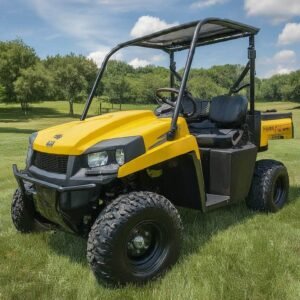
Here are a few reasons due to your Cub Cadet Challenger problems.
Check the Battery
One of the most common reasons for the Cub Cadet Challenger 700 engine not starting is a dead or weak battery. Make sure the battery terminals are clean, tight, and not rusty.
If the battery is more than a few years old, it might be time to replace it. Use a multimeter to check the voltage; it should read around 12.6 volts when fully charged.
Inspect the Fuel System
Another critical aspect to examine is the fuel system. Make sure there is enough fresh fuel in the tank. Old or dirty fuel can stop the engine from starting.
Check the fuel filter for blockages and replace it if necessary. Also, make sure the fuel pump is working properly.
Evaluate the Spark Plugs
Faulty spark plugs can also be a culprit. Take out the spark plugs and check them for wear or damage.
If they are dirty or fouled, clean them or replace them with new ones. Properly gapped spark plugs are essential for efficient engine starting.
Check the Ignition System
The ignition system should also be on your checklist. Verify that the ignition switch is working correctly.
Sometimes, a faulty ignition coil or a malfunctioning starter relay can prevent the engine from starting. Use a multimeter to test these components and replace them if needed.
2. Fuel Leaks
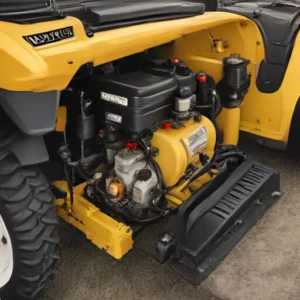
As an owner of a Cub Cadet Challenger 700, I have encountered a few issues with fuel leaks over time. These leaks can arise from various sources, and understanding them is the first step toward resolving the problem
Typically, fuel leaks can be caused by worn-out fuel lines, loose connections, or a faulty fuel pump. Identifying the root cause early can prevent more severe damage down the line.
Signs You Might Have a Fuel Leak
Before diving into solutions, it’s crucial to recognize the signs of a fuel leak. You might notice a strong smell of gasoline, wet spots or puddles under the vehicle, or a decrease in fuel efficiency.
If you observe any of these symptoms, it’s essential to inspect your Cub Cadet Challenger 700 immediately to prevent potential hazards. Also explore the Cub Cadet Challenger 500 Problems.
Steps to Fix Fuel Leaks
Once a fuel leak is confirmed, the first step is to locate the source. Start by checking the fuel lines for any visible wear or cracks.
If you find any, replacing the damaged section should resolve the issue. Next, inspect the fuel pump and connections. Tightening any loose connections can often prevent further leakage.
If the fuel pump is faulty, replacing it might be necessary. Always ensure to use compatible replacement parts to maintain the integrity of your Challenger 700.
3. Engine Overheating
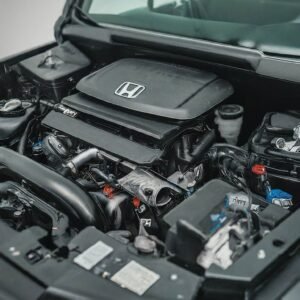
Engine overheating in the Cub Cadet Challenger 700 can be attributed to several factors. One primary cause is a malfunctioning cooling system.
This could be due to a faulty thermostat, water pump, or radiator. Additionally, low coolant levels or a coolant leak can also lead to overheating.
It is essential to regularly check the coolant levels and inspect the cooling system components for any signs of wear and tear.
Effects of Engine Overheating
If the engine of your Cub Cadet Challenger 700 overheats, it can lead to severe damage. Overheating can cause the engine to seize, warp cylinder heads, and damage the head gasket.
In extreme cases, it can result in complete engine failure, necessitating costly repairs or even a full engine replacement. Therefore, it is crucial to address overheating issues promptly to avoid extensive damage and downtime.
Solutions to Prevent Overheating
To prevent engine overheating in your Cub Cadet Challenger 700, follow these practical solutions:
- Regular Maintenance: Ensure that you perform regular maintenance checks, including inspecting the cooling system components and replacing any faulty parts.
- Coolant Management: Always maintain the correct coolant levels and use the recommended type of coolant for your vehicle. Check for any leaks and repair them immediately.
- Clean Radiator: Keep the radiator clean and free of debris to ensure optimal airflow. A clogged radiator can significantly impair the cooling system’s efficiency.
- Monitor Engine Temperature: Pay attention to the engine temperature gauge while operating your UTV. If you notice the temperature rising, stop and allow the engine to cool down.
4. Clutch Problems
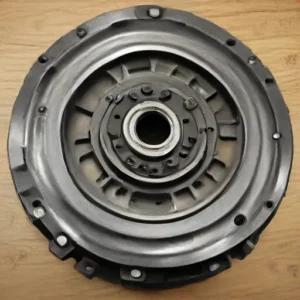
One of the most frequently reported issues with the Cub Cadet Challenger 700 is clutch slippage. This occurs when the clutch fails to fully engage, leading to a loss of power.
Another common problem is clutch noise, which can be a sign of worn-out components or improper alignment.
Lastly, some users experience difficulty in shifting gears, which is often related to clutch cable tension or hydraulic system issues.
Diagnosing and Solving Clutch Problems
To diagnose clutch slippage, check the clutch plates for wear and tear. If they appear glazed or burnt, they need to be replaced. For clutch noise, inspect the clutch assembly for loose or damaged parts.
Tightening or replacing these components can often resolve the issue. If you’re struggling to shift gears, ensure the clutch cable or hydraulic system is properly adjusted and free from leaks.
5. Brake Problems
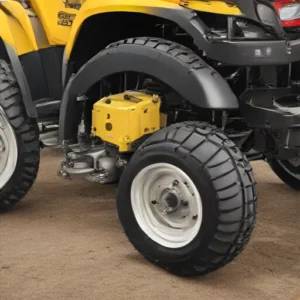
One of the most frequently reported issues is brake squealing. This can be quite alarming but often results from normal wear and tear or dust accumulation on the brake pads.
Another prevalent issue is spongy brakes, where the brake pedal feels softer than usual, making it less responsive. This can often be attributed to air trapped in the brake lines or low brake fluid levels.
Also explore the Cub Cadet Challenger 550 Problems
Easy Solutions to Brake Problems
For squealing brakes, a straightforward solution is to clean the brake pads. Remove the pads and use a brake cleaner spray to eliminate dust and debris.
If the pads are worn out, replacing them is necessary. For spongy brakes, the first step is to check the brake fluid level and top it up if needed. If the problem persists, bleeding the brake lines to remove trapped air can significantly improve brake responsiveness.
This process involves loosening the bleeder screws and allowing the brake fluid to flow until air bubbles are no longer visible
6. Transmission Problems
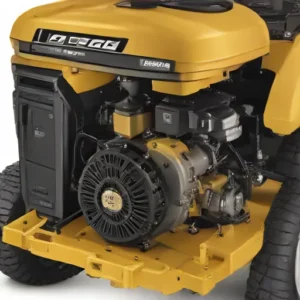
One major cause of transmission problems in the Cub Cadet Challenger 700 is low or dirty transmission fluid. Over time, the fluid can degrade, causing friction and heat buildup.
Another potential cause is a malfunctioning shift cable, which can create difficulties in gear shifting.
Easy Solutions to Try
Addressing the transmission problems of Cub Cadet Challenger 700 is often straightforward. First, check the transmission fluid level and quality.
If it’s low or dirty, replace it with the recommended fluid. Regular maintenance of the fluid can prevent many issues. If the problem persists, inspect the shift cable for any signs of damage or wear and replace it if necessary.
7. Tire Problems
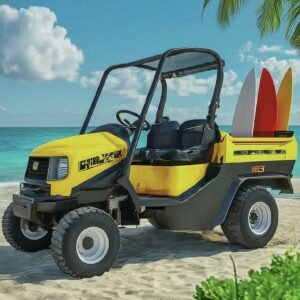
One of the most frequent issues Challenger 700 owners face is tire wear. Uneven tire wear can be caused by several factors, including improper tire pressure, misaligned wheels, and overloading.
Another common problem is tire punctures, which can happen if you frequently drive over rough terrain.
Easy Solutions
To combat uneven tire wear, regularly check and maintain the proper tire pressure for your Cub Cadet Challenger 700. The recommended tire pressure is usually listed in the owner’s manual. Keeping the tires inflated to the correct pressure can extend their life significantly.
Wheel alignment is another crucial factor. If you notice uneven tire wear, it might be time to get your wheels aligned. This is a simple process that can be done at most auto repair shops.
For tire punctures, carrying a tire repair kit can be a lifesaver. These kits usually come with everything you need to fix a puncture temporarily until you can get a permanent repair.
Additionally, consider investing in tires designed for rough terrain if you frequently drive in such conditions.
8. PTO Issues
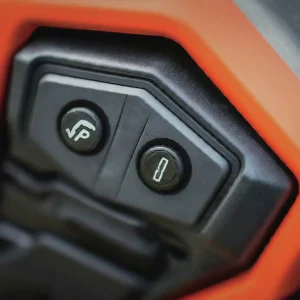
As a proud owner of the Cub Cadet Challenger 700, it’s crucial to understand some common issues you might encounter with its Power Take-Off (PTO) system.
The PTO is a vital component, responsible for transferring power from the engine to various attachments. When it malfunctions, it can hinder your work and productivity. Let’s delve into some common PTO problems and their easy solutions.
Problem: PTO Won’t Engage
One of the most frequent issues with the Cub Cadet Challenger 700 is the PTO failing to engage. In my experience, this can often be traced back to electrical problems.
The first step is to check the PTO switch and wiring. Ensure that the connections are secure and free of corrosion. If the switch appears faulty, replacing it might be necessary.
Additionally, inspect the fuse connected to the PTO circuit; a blown fuse is a common cause of engagement issues.
Problem: PTO Slips During Operation
Another common problem is PTO slippage, which can drastically affect performance. This issue is often due to a worn or loose drive belt.
I recommend inspecting the drive belt for any signs of wear and tear. If the belt appears damaged, replacing it is the best course of action. Also, ensure that the belt tension is appropriate, as a loose belt can cause slippage.
Problem: PTO Makes Unusual Noises
Unusual noises coming from the PTO can be alarming and may indicate underlying problems. Typically, these noises are caused by worn bearings or insufficient lubrication.
It’s essential to regularly check and lubricate the PTO components as per the manufacturer’s guidelines. If you notice any damaged bearings, replacing them promptly can prevent further damage to the system.
9. Cub Cadet Challenger 700 Engine Issues
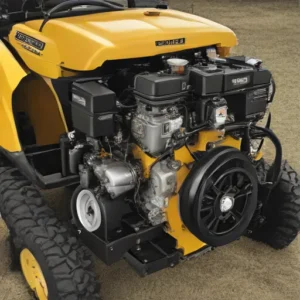
The Cub Cadet Challenger 700 is a reliable UTV, but like any machine, it can encounter engine problems. Here, I will walk you through some common engine issues and simple solutions to help you get back on track.
Understanding these problems and addressing them promptly can enhance the longevity and performance of your vehicle.
Starting Problems
One of the most frequent issues with the Cub Cadet Challenger 700 is difficulty starting. This problem can stem from various causes such as a dead battery, faulty spark plugs, or clogged fuel filters.
To resolve this, first, check the battery voltage with a multimeter; it should read around 12.7 volts when fully charged.
If the battery is fine, inspect the spark plugs for wear and tear, and replace them if necessary. Lastly, ensure that the fuel filters are clean and free from debris to allow proper fuel flow.
Loss of Power
Experiencing a loss of power can be frustrating, especially during critical tasks. This issue often arises from dirty air filters, fuel issues, or ignition problems.
Begin by inspecting the air filter and cleaning or replacing it if it’s dirty. Check the fuel lines for any blockages and ensure that the fuel pump is operating correctly.
Additionally, examine the ignition system, including the spark plugs and ignition coils, and replace any faulty components.
Conclusion:
By following this guide you can easily get rid from the Cub Cadet Challenger 700 problems because here I provide the complete guide about it.

